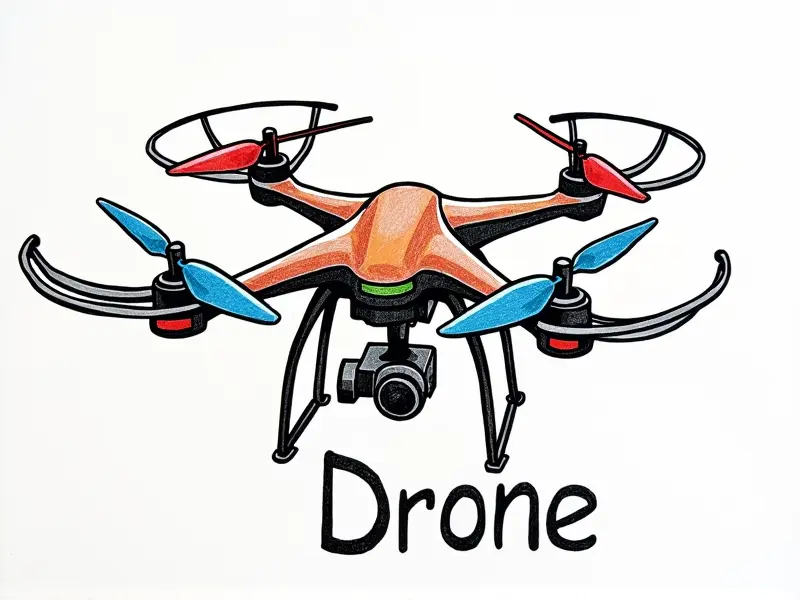Battery types for drones?

Best Lithium-Polymer Batteries for Drones
Lithium-polymer (LiPo) batteries are the go-to choice for most drone enthusiasts due to their high energy density and lightweight nature. They offer superior performance compared to other battery types, making them ideal for a wide range of drones, from small racing models to large multirotor systems.
Choosing the Right LiPo Battery for Your Drone
Selecting the right LiPo battery is crucial for optimizing your drone's flight time and overall performance. Key factors to consider include voltage (V), capacity (mAh), discharge rate (C-rating), and physical dimensions. A higher voltage provides more power, while a larger capacity extends flight duration.
Lightweight Battery Options for FPV Racing Drones
FPV racing drones demand lightweight batteries that can handle high discharge rates without compromising on performance. LiPo batteries with high C-ratings are essential for these fast-paced machines. Look for batteries rated at 50C or higher to ensure they can deliver the necessary power during intense maneuvers.
Understanding C-Rating in Drone Batteries
The C-rating of a battery indicates its maximum discharge rate, which is critical for high-performance applications like FPV racing. A higher C-rating allows the battery to supply more current at once, enabling faster motor speeds and better responsiveness during flight.
Maximize Flight Time with Efficient Drone Batteries
To extend your drone's flight time, focus on batteries with a high capacity (mAh) and efficient discharge rates. Opt for LiPo batteries that offer balanced power delivery without excessive heat generation, ensuring optimal performance throughout the flight.
Comparing LiPo vs NiMH Batteries for Quadcopters
While LiPo batteries dominate the drone market due to their superior energy density and lightweight design, nickel-metal hydride (NiMH) batteries still have a place in some applications. NiMH batteries are more durable and less prone to damage from overcharging or deep discharges but offer lower capacity and higher weight.
Best Drone Batteries for Long Flight Times
If maximizing flight time is your priority, look for LiPo batteries with high capacities (mAh) and moderate C-ratings. These batteries provide extended runtime without compromising on essential performance characteristics like responsiveness and maneuverability.
Lithium-Polymer vs LiFePO4: Which is Better?
LiFePO4 batteries offer a longer cycle life, better safety features, and higher discharge rates compared to traditional LiPo batteries. However, they are heavier and less energy-dense, making them more suitable for applications where longevity and stability outweigh the need for lightweight performance.
The Impact of Temperature on Drone Battery Life
Extreme temperatures can significantly affect battery life and performance. Cold weather reduces discharge rates and capacity, while hot conditions increase internal resistance and risk of overheating. Always store batteries in a cool environment to maintain optimal performance.
Fast Charging Solutions for FPV Racing Drones
Rapid charging is crucial for competitive racing where quick turnaround times are essential. High-quality fast chargers designed specifically for LiPo batteries can recharge them safely and efficiently, minimizing downtime between flights.
Eco-Friendly Battery Options for RC Aircraft
For environmentally conscious drone enthusiasts, lithium-ion (Li-Ion) or NiMH batteries offer more sustainable alternatives to traditional LiPo batteries. These options may not match the performance of LiPo but are better suited for those looking to reduce their carbon footprint.
Conclusion
Selecting the right battery type and configuration is crucial for optimizing your drone's performance, whether you're racing through tight courses or capturing stunning aerial footage. By understanding the unique characteristics of different battery types and choosing options that best suit your needs, you can enhance both the enjoyment and efficiency of your flying experience.

